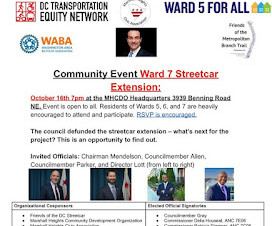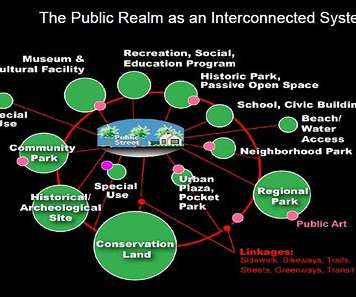Incrementalism as a concept of iterative improvement in government project development no longer a legitimate public administration theory
Rebuilding Place in Urban Space
SEPTEMBER 19, 2023
Incrementalism has been fruitfully applied to explain domestic policy making, foreign policy making, and public budgeting. So examples when what I call "Transformational Projects Action Planning" actually happen, such as in Bilbao (" Why can't the "Bilbao Effect" be reproduced?











Let's personalize your content